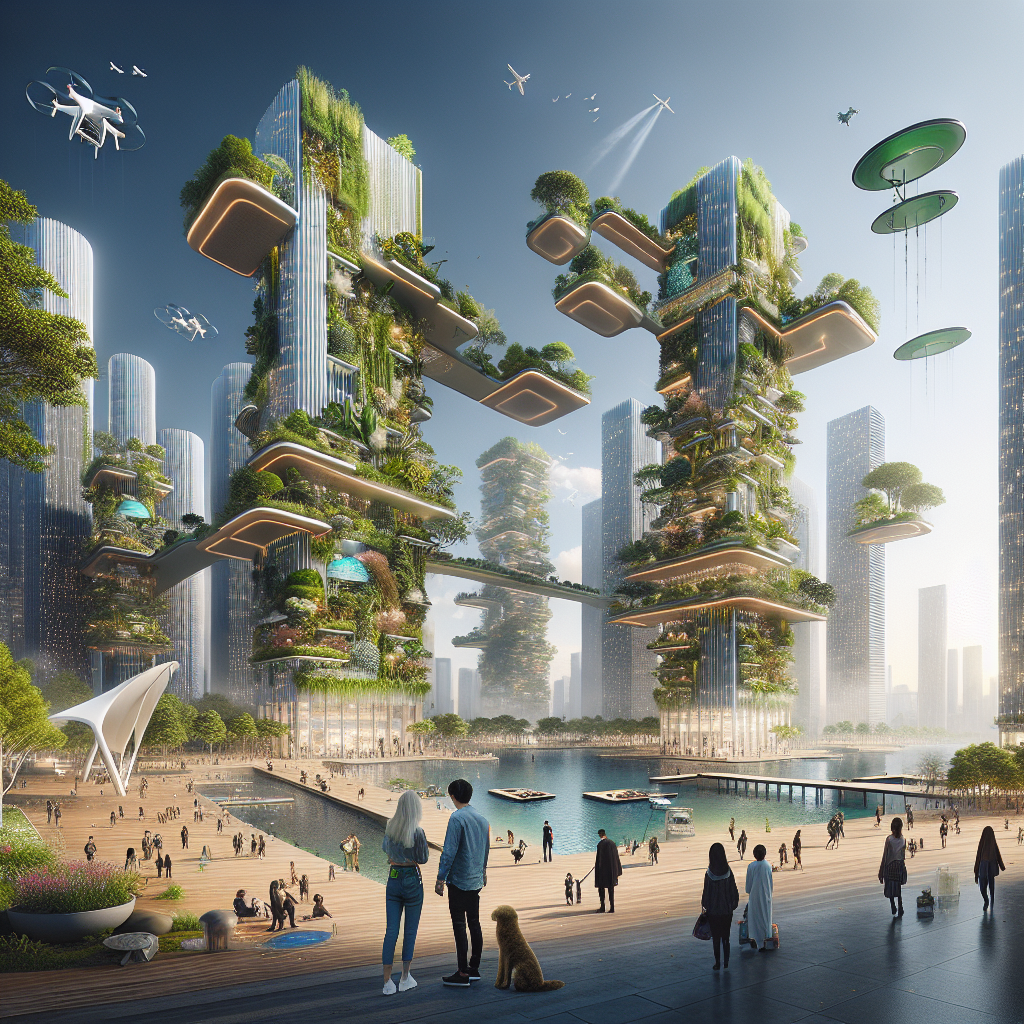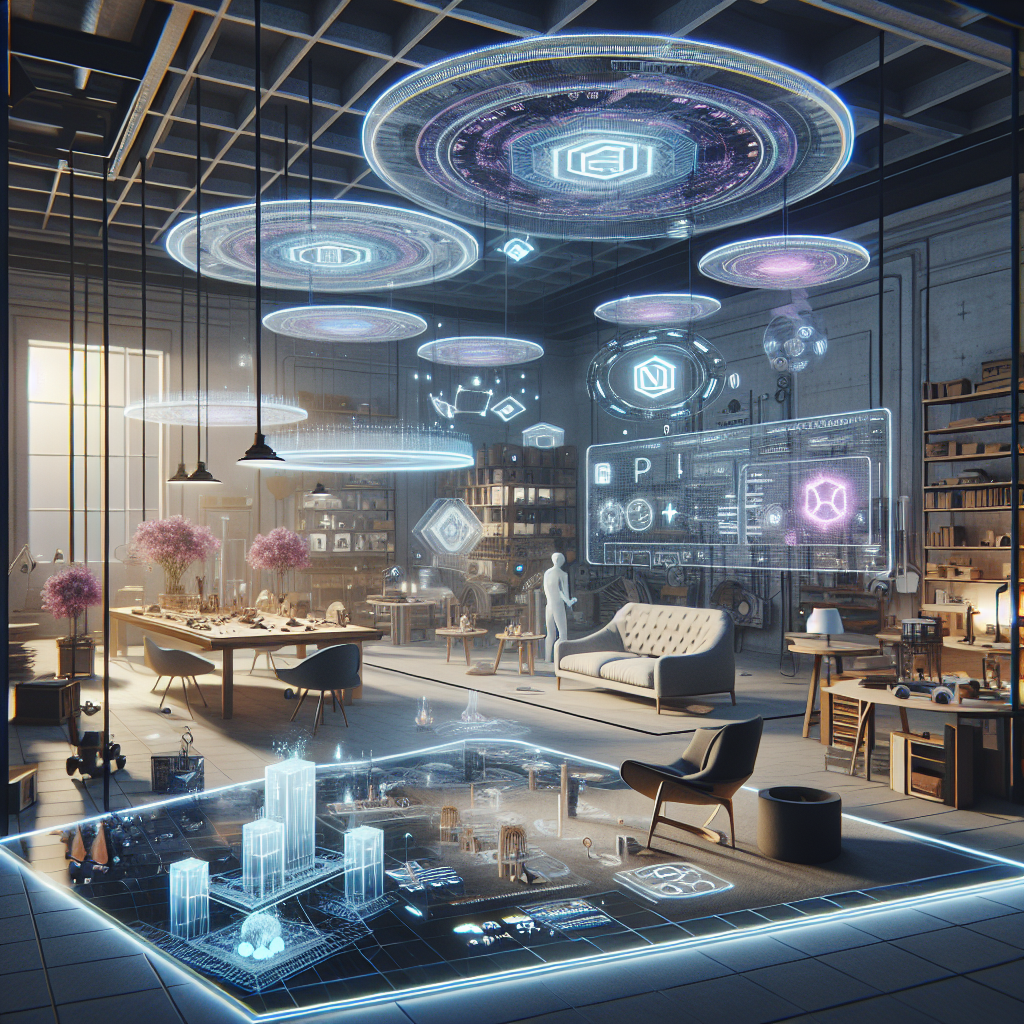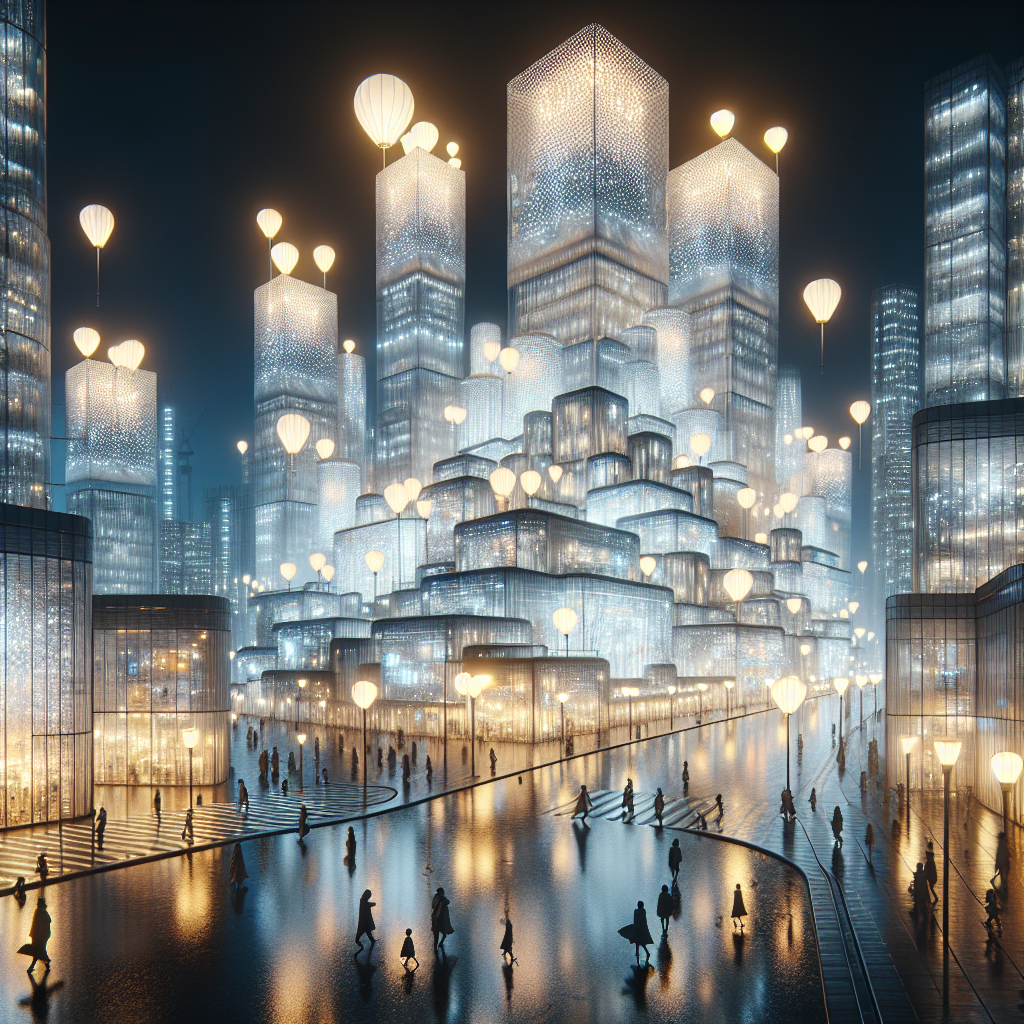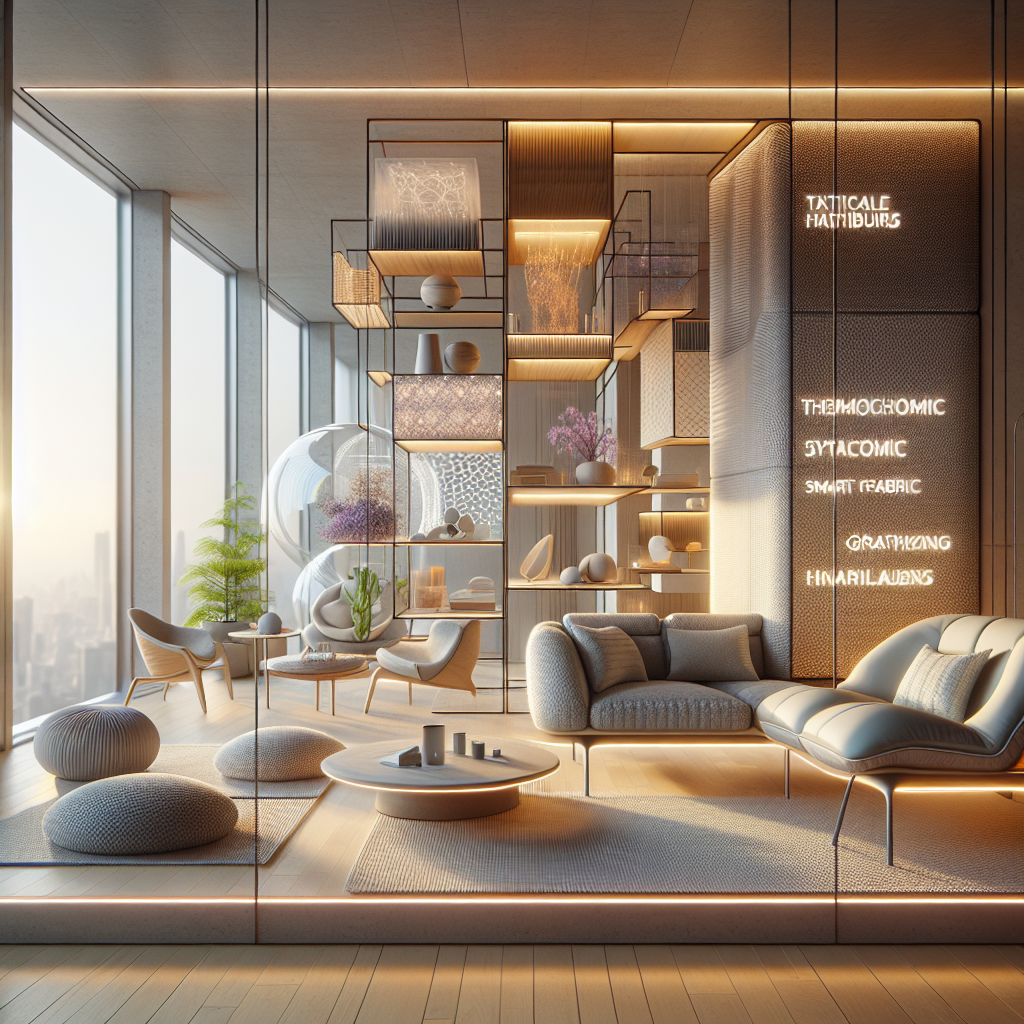Futuristic Architecture: Designs that Imagine Tomorrow’s World
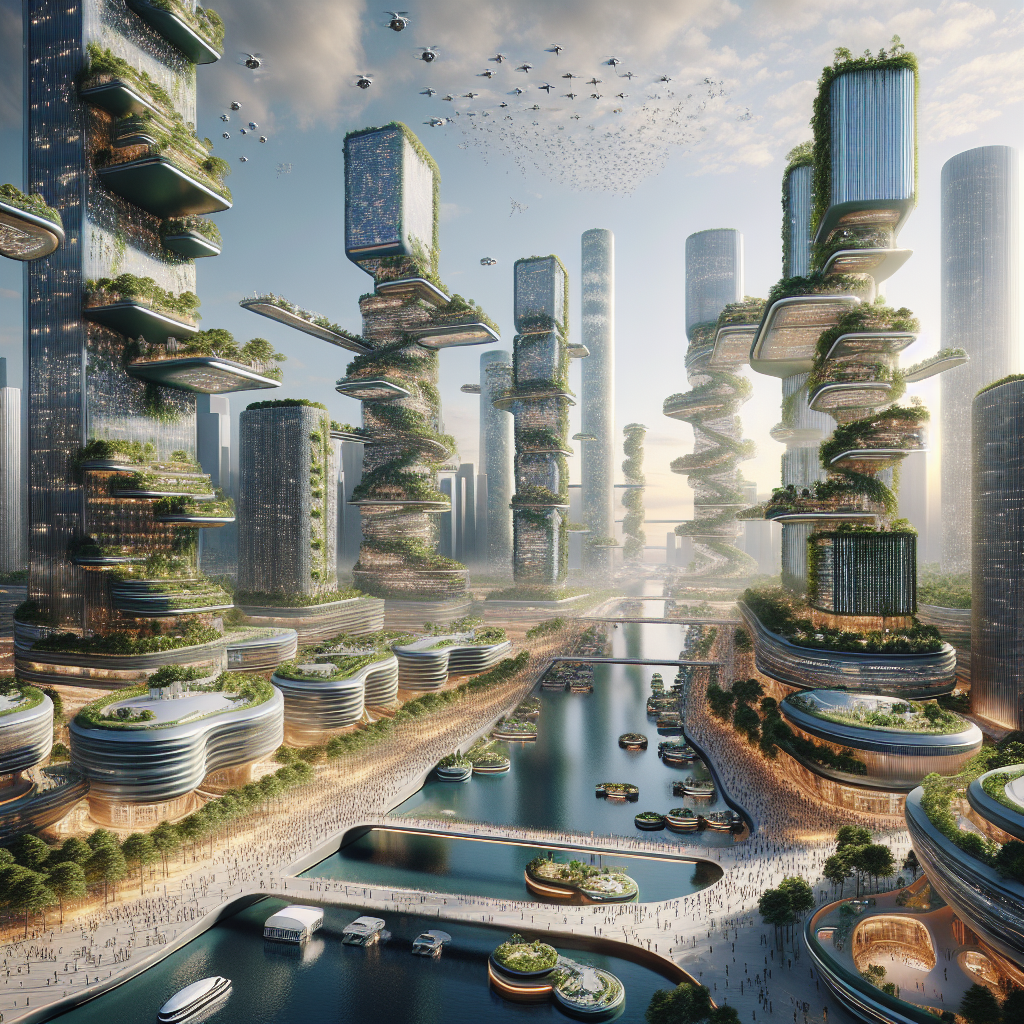
Futuristic Architecture: Designs that Imagine Tomorrow’s World
In the ever-evolving world of architecture, envisioning the future is more than a creative exercise—it’s a profound responsibility. As architects and designers, we shape the spaces that will define human experiences for generations to come. Today, as we stand on the cusp of unprecedented technological advancements and environmental challenges, futuristic architecture is not merely about aesthetics but about sustainability, resilience, and human-centric innovation. From soaring vertical gardens to intelligent buildings that breathe and adapt, let’s explore the visionary designs redefining tomorrow’s world.
Organic Structures: Architecture Inspired by Nature
Nature has always been a muse for architects, but contemporary designs are taking biomimicry to unprecedented heights. The Eden Project in Cornwall, UK, remains a pioneering example, with its geodesic domes mimicking soap bubbles, providing an optimal environment for diverse plant species. Yet, today’s architects are pushing even further, creating buildings that don’t just mimic nature—they become part of it.
Consider the rise of vertical gardens and green façades, transforming urban landscapes into lush, breathing ecosystems. Singapore’s Marina One, designed by Ingenhoven Architects, integrates gardens into its structure, creating microclimates that reduce urban heat and improve air quality. Similarly, Stefano Boeri’s Bosco Verticale in Milan showcases towers enveloped in trees and plants, setting a global benchmark for urban biodiversity. These designs don’t merely adorn buildings with greenery; they actively combat climate change and enhance urban living.
Moreover, innovations in biophilic design are profoundly impacting human health and well-being, underscoring the necessity of integrating nature into architectural practice.
Smart Cities: Integrating Technology and Architecture
The fusion of technology and architecture is revolutionizing urban design, creating intelligent spaces that adapt to human needs. Imagine buildings that can sense occupancy, adjust lighting and temperature automatically, and even communicate with occupants. This is no longer science fiction but a tangible reality.
Projects like Google’s Sidewalk Labs in Toronto illustrate the potential of technology-driven urbanism. Though the project faced challenges, its vision of a data-informed, responsive city continues to inspire urban planners worldwide. Similarly, Saudi Arabia’s ambitious project, The Line, aims to redefine urban living through a linear, car-free city powered entirely by renewable energy. Such futuristic concepts challenge traditional urban planning paradigms, emphasizing sustainability, connectivity, and human-centric design.
Moreover, the advent of smart home technology is revolutionizing residential architecture, offering unprecedented convenience and efficiency. Homes now feature integrated systems that manage energy consumption, security, and comfort, demonstrating the profound impact of technology on daily life.
Sustainable Innovations: Building for a Greener Future
As climate change intensifies, sustainability has become an imperative rather than an option. Architects are increasingly adopting innovative materials and construction methods to minimize environmental impact. The rise of wooden skyscrapers, for instance, highlights the potential of timber as a sustainable alternative to steel and concrete. Structures like Norway’s Mjøstårnet, the world’s tallest timber building, demonstrate timber’s viability, combining strength, beauty, and sustainability.
Furthermore, advancements in 3D printing technology are revolutionizing construction, enabling rapid, cost-effective, and environmentally friendly building processes. Projects like ICON’s 3D-printed homes in Austin, Texas, showcase how this technology can address housing shortages while significantly reducing waste and emissions.
Additionally, the exploration of sand printing technology opens new horizons for sustainable construction, particularly in regions abundant with desert sand, transforming a previously unusable resource into valuable building material.
Resilient Design: Preparing for an Uncertain Future
In an era marked by environmental uncertainty, resilience has become a cornerstone of futuristic architecture. Buildings must withstand extreme weather events, rising sea levels, and seismic activities. Innovative solutions like amphibious architecture, floating cities, and disaster-resistant designs are emerging as critical responses to these challenges.
For example, the Oceanix City concept, developed in collaboration with UN-Habitat, envisions modular floating communities designed to adapt to rising sea levels. Similarly, architects are increasingly adopting disaster-resistant building designs, employing advanced materials and engineering techniques to protect communities from natural calamities.
Moreover, the integration of AI-driven predictive modeling enables architects to anticipate environmental risks and design accordingly, ensuring long-term sustainability and safety.
Human-Centric Spaces: Designing for Well-being and Inclusivity
At its core, architecture serves humanity. Futuristic designs prioritize human well-being, creating spaces that foster health, inclusivity, and community engagement. Concepts like inclusive playgrounds, sensory-friendly environments, and adaptive spaces cater to diverse populations, ensuring accessibility and comfort for all.
Projects such as Maggie’s Centres, designed by renowned architects like Zaha Hadid and Frank Gehry, exemplify human-centric architecture, providing supportive environments for cancer patients. Similarly, the rise of inclusive playgrounds demonstrates a commitment to creating spaces where all children, regardless of ability, can thrive and interact.
Furthermore, responsive architecture—buildings that adapt dynamically to occupants’ needs—represents a significant advancement in human-centric design. These spaces utilize sensors and adaptive materials to create personalized environments, enhancing comfort and productivity.
Augmented Reality and Virtual Visualization: Shaping Architectural Practice
The integration of virtual reality (VR) and augmented reality (AR) technologies is transforming architectural visualization, enabling designers and clients to experience spaces before construction begins. These immersive tools facilitate collaboration, streamline decision-making, and enhance design accuracy.
Architectural firms worldwide are embracing AR and VR, creating interactive models that allow stakeholders to explore designs in real-time. This technological shift not only improves communication but also fosters innovation, enabling architects to experiment boldly and creatively.
Envisioning Tomorrow: A Collective Responsibility
As we look toward the future, the role of architects and designers becomes increasingly critical. Futuristic architecture must balance innovation with responsibility, aesthetics with sustainability, and technology with humanity. By embracing organic structures, smart technologies, sustainable innovations, resilient designs, human-centric spaces, and immersive visualization tools, we can create environments that not only inspire but also sustain and nurture future generations.
Ultimately, the architecture of tomorrow is a reflection of our collective aspirations and values. By imagining boldly and designing thoughtfully, we can shape a future that is both visionary and profoundly human.
For further reading on how technology influences futuristic city design, explore our analysis of Blade Runner 2049’s architectural landscape.


